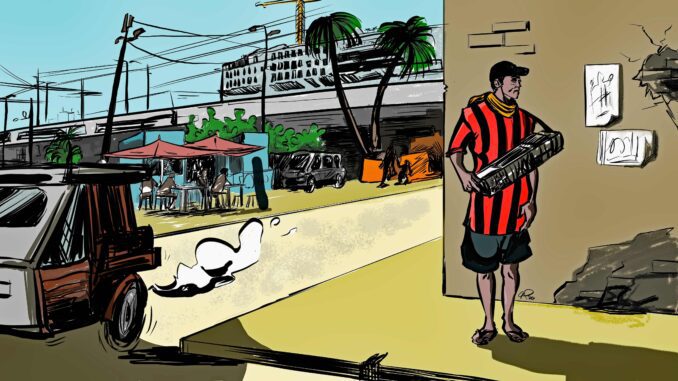
More than a quarter of the entire Philippines population lives in poverty. That’s right, 26.5% of Filipinos lack the income to simply meet their most basic needs.
There are several reasons behind this, such as rapid population growth, inaccessibility to credit, poor social infrastructure, and the stagnation of rural productivity.
Even though the state has made great progress in developing the country, a significant percentage of Filipinos are still struggling with their day to day realities. They often run small informal businesses, selling food and other goods out on the streets. Despite their hardship, they are still rarely acknowledged by the state, but still, work tirelessly to earn a living.
So, let’s now have a look at the main causes of poverty in the Philippines.


Education must improve!
Education is often linked to social mobility across generations.
An individuals education allows them to increase their earnings across their lifetime. This then allows them to invest more in their children’s education. In a basic sense, this creates a cycle of upward social mobility.
So how does the Philippines compare to others when it comes to the quality of education?
Well, it’s getting better, but it is still not where it should be. Over the years the Philippines has been rising different ranking systems when it comes to education. Although it still finds itself too close to the bottom, especially when you compare it to the scores of ASEAN nations.
Investing in future generations
When compared to the neighbouring countries such as Singapore, Japan, and Thailand. The Philippines tends to lag behind not just in the quality of education, but also the financial resources injected into the sector.
The Philippine government does make a conscious effort to allocate a high proportion of its budget to education. But what is being allocated still does not measure up to the investments into education made by other ASEAN countries.
The Philippine government instigated the formation of higher education task force to evaluate the performance of college graduates in various professional board examinations. They found that too many graduates were performing poorly and that many universities and colleges in the country lacked legitimacy when it came to their quality of education.
So where are we now?
Well, the Philippines is currently stuck in a system where those who have access to more wealth are able to enrol in the more exclusive schools and receive a quality education. While the others are left behind, especially those needing to enrol in the subpar public schooling system.
Although elementary schooling is mandatory, the task force found that many Filipinos of the relevant age group regularly skip the school program. This is due to lack of schools in their locality, education being offered in non-native languages only or financial difficulties.
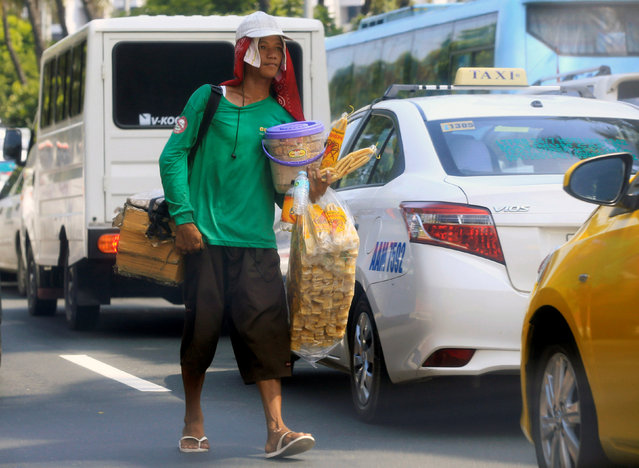

Rampant Unemployment
This may not come as a surprise to many readers but, the Philippine labour market is short of well-paying jobs.
Which means for many – even highly qualified – Filipinos, working a low-paying job is the only option. This again hinders their social mobility as their salary is enough to just cover basic needs.
Some household’s incomes are so low that it becomes quite disturbing. Some may make only P50-P100, barely enough to meet their daily needs leaving them with little to save for things such as their children’s education.
There is a need for the government to make growth more comprehensive. To make it easy for Filipinos to attain higher and stable income via productive employment.
Off late, the Philippine government has instigated several measures to combat poverty in the country, such as the extension of monthly cash grants to families living in absolute poverty. This has significantly reduced the cases of children dropping out of schools.
Also, these funds have made it possible for parents to access health care services, especially the elderly. It’s now over a decade since the program was launched. Other programs include entrepreneurial income, Pantawid Pamilyang Pilipino Program (4Ps), remittance from local and international sources, and more.
For instance, the 4Ps program is estimated to have helped 25% of Filipinos to graduate from dire poverty through its monthly cash grants.


Rampant Corruption
Corruption in the Philippines is pervasive. Filipinos know it’s there, and they are tired of it.
The government is often being tainted by corrupt individuals whose objective is to enrich themselves, their families, and close allies during their tenure.
They endeavour to have their close allies succeed them in their respective positions during elections, as this will impede them from facing corruption charges.
This is a situation Filipinos have seen manifest itself ad nauseam, within all levels of government. Corruption on a local level is as widespread as corruption on a national level.
An example of this is seen with government tenders. They are often awarded illegally without following the set legal procedures. To stand a chance to win a tender, you have to bribe the government officials; otherwise, the tender will be awarded to someone else. This comes into the public domain when various bidders went to the media houses and claimed that there were lots of anomalies involved in awarding government tenders.
Since the tenders are not awarded on merits, the rich get richer, and the poor get poorer. Misappropriation of funds has denied Filipinos access to quality education, appropriate infrastructure, among other poverty problems.


The problem of overpopulation
The rapid growth of the population in the Philippines coupled with a less than robust economy is a prime breeding ground for poverty.
Many Filipinos flock to urban centres like Manila, hoping to find opportunities to improve their situations. But the majority walk into a city with an oversupplied labour force and very unaffordable housing in comparison to the provinces.
Many make the journey to cities like Manila, hoping to enjoy better living conditions – this dream is often shortlived.
The local governments often struggle to provide even the most basic levels of health care, schooling, water/power supplies, and sanitization. These public services are just not enough to meet the growing demand in areas suffering from overpopulation.
Lack of planning, and providing opportunities in rural areas have contributed to this issue. If opportunities for meaningful employment were available outside of urban centres, there would be no need to make the pilgrimage to the countries more prominent cities.
Religion is one of the major reasons why the poorest families have more children than they can manage. As the Philippines is a majority Catholic country, many of the members are inclined to refuse to use contraception.
This means many Filipino families become larger than what the income of the family can effectively handle. Though steps are being taken to educate and assist families in planning for the future.
Inequality in Income Distribution
The Philippines has been labelled a “rising tiger” by some institutions. The country continues to become increasingly prosperous in certain regions, while others seem to have been left behind.
This is because the Philippines has an income distribution issue.
The wealthiest segment of society seems to exclusively benefit from this increased prosperity. This leaves the rest of the population still struggling to even cover the cost of the most basic needs.
Since the 1980s the country has made a noticeable improvement and shown bu the countries growing middle class. But there is yet to be any sort of significant change in the living standards of the majority of Filipino families.
Many politicians prefer to serve the business interests of prominent families, over the people they were elected to serve. This creates a cycle of well-connected families and politicians mutually benefitting each other.
The politicians maintain their power while those prom intent families grow their wealth through the hoarding of government contracts. Leaving what’s left to trickle down to the not so well connected.
A country plagued by natural calamities
Natural disasters are so frequent it has almost become a way of life in the Philippines.
The country is situated on the Pacific Ring of Fire. This is a zone circling the Pacific Ocean, known for its frequent and intense volcanic activity as a direct result of plate tectonics.
Due to its position, the Philippines is also subject to frequent earthquakes, strong typhoons, flooding, and tidal waves or storm surges. In recent years the country has been devastated by several of these events.
This includes the landing of the massive typhoon Yolanda. This flattened many cities, and killed countless people during the initial event, and then a storm surges which also cost many people their lives. In recent years there has also been the eruption of the Taal, and Mayon volcanoes which shutdown many cities leaving people homeless for a period of time.
These natural disasters are not taken lightly. They are very hazardous to human life, they often cause millions of dollars in property damage, and are often very difficult to avoid with evacuations.
The Philippine government still has a lot of work to do in creating the proper infrastructure to mitigate the effects of natural disasters leaving larges parts of the population vulnerable.
Floods are still common on city streets. The infrastructure in place in cities like Manila is still not enough to handle the volume of water the typhoons bring each season. This flooding leaves families homeless, struggling to raise funds to build new or repair their homes.
The agricultural sector is also often heavily affected by these events. Strong winds and flooding can easily damage crops, leaving farmers without an income for that season.
Even though most of the Philippians depend heavily on agriculture, these farmers often have very little support, leaving a large number of them living in poverty.
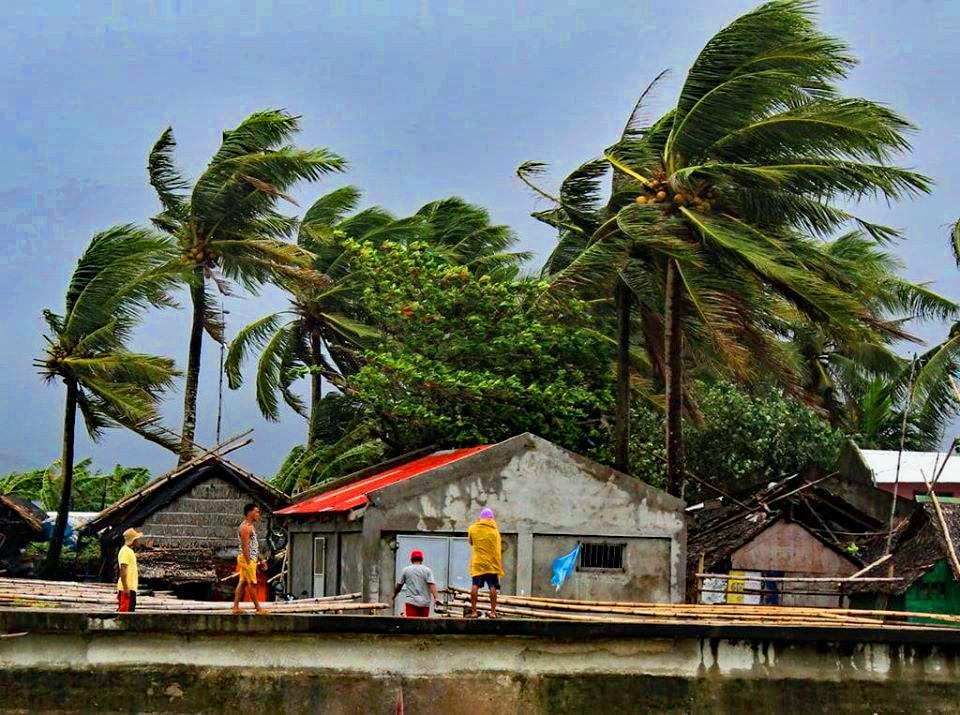

A shortage of affordable housing
Although this is not directly a cause of poverty in the country, it is still a chronic issue faced by many Filipinos.
Limited employment opportunities have left many Filipinos unable to afford proper housing. When there is no affordable housing, often, the only other option is for families to live out on the streets.
Most people in this group survive on an average of $1.25 a day, making it almost impossible to get out of poverty and find cost-effective housing for their families. The high cost of housing leaves them with little money to save and spend on their basic needs. The government has done little to help persons languishing in extreme poverty to get out of it.
This tends to create a cycle of poverty as children prioritise begging on the streets to make money for the family. Meaning a lot of them miss out on receiving an education. This is why the situation needs an intervention to prevent that cycle from repeating itself.
Child Labour
Due to extreme levels of poverty in the Philippines, most parents encourage their children to drop out of school to help them to raise money to cater to their families.
The Philippines is one of the prominent countries in the world plagued by the practice. Children undertaking hazardous, menial work instead of proceeding with their education is the beginning of poverty now and into the future.
The government should adopt measures to curb this behaviour; otherwise, poverty will continue to be a chronic issue within the nation. According to labour relations, only persons aged 18 years and above should be allowed to work in any industry.
Yet, some people still tolerate it. Underage workers are still found working in factories and farms. Some families even have children working as full-time domestic workers in their homes.
Addressing the social issues holding the nation back
There are many reasons why many citizens of the Philippines still seem to be suffering. Although I have summarised some of the major cause, the issue is still very deep and complex.
Regardless of this, we do know all of these issues do need to be addressed. There are many intelligent, sincere individuals and organisations who are willing to help the country to make this progress.
It is not on the citizens to find these organisations and support them however you can, whether it may be voting for pro-active politicians or donating to NGOs who are carrying out effective work in the area.



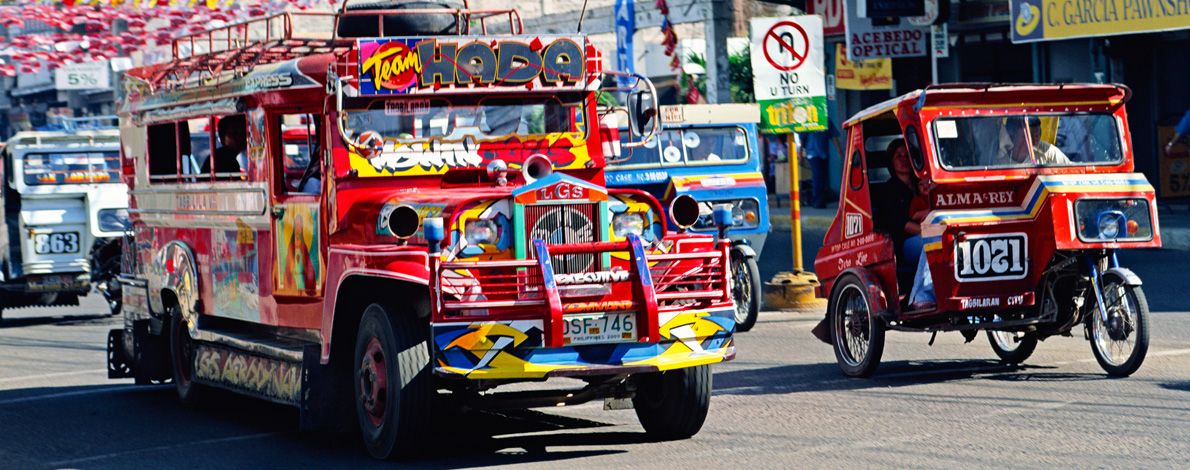
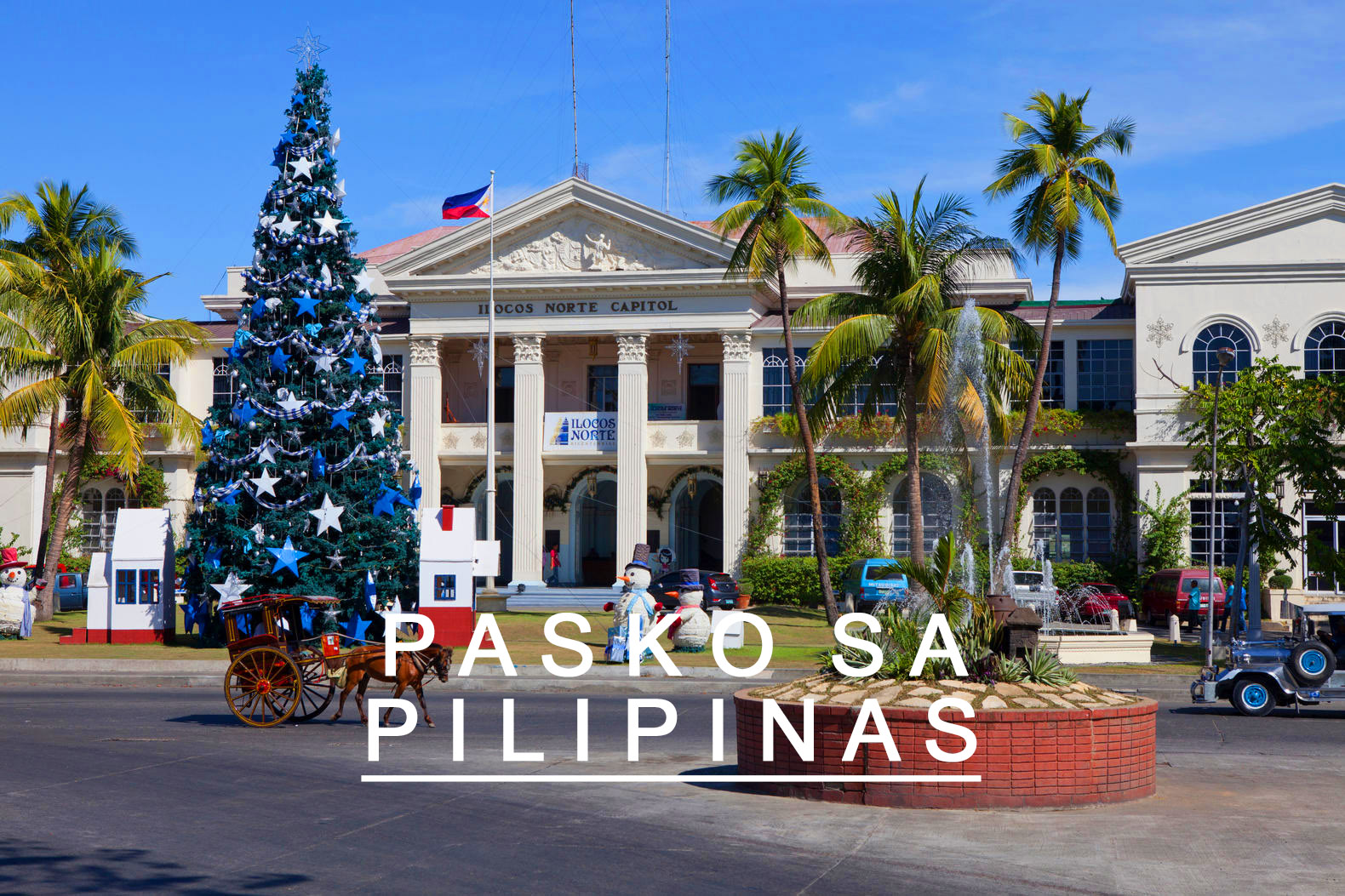
Be the first to comment